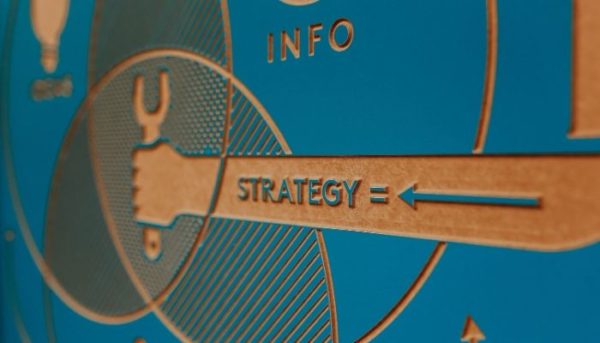How to Create a Niche Audience in the Trillion-Dollar Wellness Sector
When you set up business in an industry as big as wellness, worth $4.5 trillion globally as of 2018, it makes sense to want to get as big a slice of the pie as possible. Yet how you go about it may go against the grain of “let’s attract as many people as we can to buy our products”. Instead, it may be a question of how to build and nurture a niche audience.
“The idea of a niche audience is to actively target smaller markets that have similar attributes and attitudes rather than be a business that caters to everyone,” says small-business consultant Linda Hailey.
As the founder of Edible Bug Shop, Australia’s first edible insect farm, Skye Blackburn knows just how essential a niche audience can be for building a business. “It was very important to the development of our business to get to know our customers and what they think about our products,” she says.
A niche audience often includes loyal fans who help spread the word about your product or service – Blackburn says the Edible Bug Shop “regularly engages with our loyal and regular customers through social media and special offers designed just for them”.
There’s also improved customer relationships because of a more personalised service, as well as savings because it costs less to focus your efforts and resources in a more precise direction, which is what Blackburn did when she started.
“In 2007, when we started to farm insects for food, it was very niche,” Blackburn says. “We had a few restaurants and marketed our products around the novelty value of edible insects rather than the nutrition and sustainability aspects. When we felt the time was right, we ditched the novelty products and started to market towards the health industry – and it’s really paid off.”
There are initial steps your business can take to ensure you target your niche audience the right way.
Get Specific
First, you need to be specific in your messaging and have a deep understanding of what your niche audience looks like. “You want to deliver your audience information that looks different,” Linda Hailey says.
“Research will give you a sense of who you should target. Get to know them. What are their backgrounds? What are their needs? Watch and listen. Focus groups of between eight and 12 people can also be helpful. It needs to be facilitated by an outside person who knows how to ask the same question in different ways so you get a broad and deep set of answers. In this way you can find out what drove them to come to you and, if they’ve gone to your competitors, why?”
Blackburn says expos are another good way to find out more about your audience. “They’ve been very helpful for us to understand what consumers want,” she says.
Know Your Competition
Have an idea of what your competitors are up to so you can differentiate yourself and establish a competitive edge; but don’t get too caught up.
“I see it as a double-edged sword,” says small-business consultant Laura Elkaslassy. “While it’s important to know what your competitors are up to, if you focus on it too much it can paralyse you. The essential thing to focus on is what you do and how you can do it differently. Put your own spin on what you’ve identified as the needs of your niche.”
For Blackburn, competition has even been beneficial. “A few businesses in Australia have started to [use] insects in food, which is awesome for our industry,” she says.
Get Digital Savvy
Your business may already have a strong online presence. It’s worth the time and money to get your website up to speed so you can use data and analytics tools efficiently to find out essential information about your niche audience.
“Digital marketing has been instrumental in helping us to understand new food trends and what customers search to buy when it comes to food,” Blackburn says. “It has also helped us educate consumers, so even if they aren’t ready to try edible insects, they can learn about them in a way that’s non-confrontational.”
There may be plenty of fish in the sea in a wellness sector worth $3.72 trillion, but with the correct know-how it’s still possible to be successful with only a few bites.
-
Get your FREE ticket
- REGISTER FOR FREE










